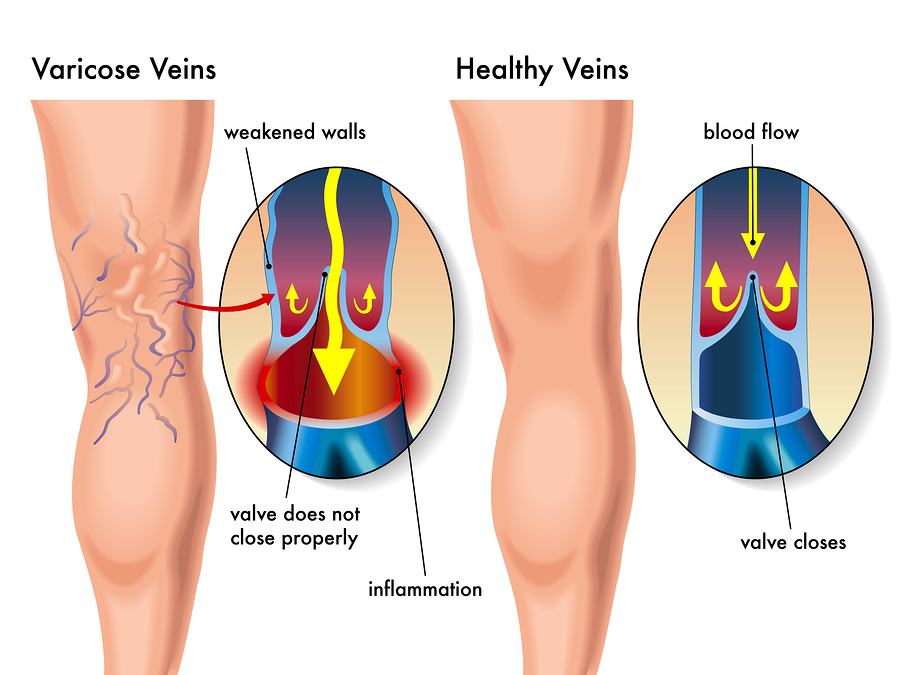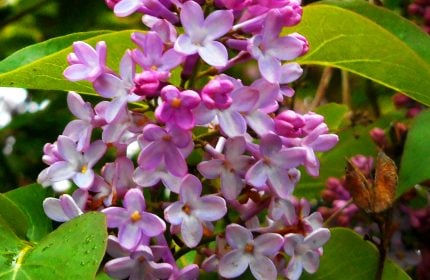Varicose veins – finding relief and advice online
A common problem for older men and women, varicose veins can be uncomfortable, somewhat unsightly and even cause potential health problems. While a large number of people will suffer from the condition to some extent, it can affect some more seriously than others.
Recognisable by their bumpy, swollen appearance, varicose veins are often a blue or dark purple colour and are most typically found on the calves and thighs. Find out more about the signs, causes and treatments of varicose veins from some of the best and most trustworthy online resources.
Identifying varicose veins
The two most common vein conditions suffered by older people are varicose veins and spider veins. The former are blood vessels that have become large and raised. They twist and turn and typically look rather bumpy. They normally appear on the legs, particularly calves and thighs. Spider veins, on the other hand, are not raised. They are smaller, red, purple, and blue vessels that are also often found on the legs but they can appear on the face and elsewhere too.
For a more in-depth description on the differences between varicose and spider veins, have a look at WedMD’s guide to vein conditions. You’ll also find some useful information, including a video that shows how varicose veins develop, in Bupa’s varicose vein section. The American organisation Women’s Health has a great breakdown of exactly what it’s like to have varicose veins and how to identify the condition. Have a look at its varicose veins fact sheet and learn more about common occurrences and risk factors, such as hormonal changes, obesity and exposure to the sun.
Potential varicose veins treatments
If varicose veins are unobtrusive and not painful, you may choose to leave them untreated. However, if they become painful or in any way compromising to your overall health, your doctor may recommend one or a number of potential treatments. The NHS has put together a handy guide to the variety of different treatments on offer, learn more about the options available and read about real stories from people who’ve got varicose veins on its treatment page.
From compression stockings to surgery or laser treatment, there are several different ways to treat varicose veins and your doctor should help you make an informed choice about which is most suitable to your circumstances. New guidelines for England and Wales suggest that heat or laser treatments should be used in the first instance, with surgery being reserved for more stubborn cases. The BBC published an interesting article about laser treatments and the benefits of non-invasive methods.
As varicose veins are considered a circulatory problem, there are some lifestyle changes you can make to help aid your treatment, such as giving up smoking and following a healthy diet and exercise regime. Losing weight, forgoing high heels and being careful not to stay in one standing or sitting position for too long can also help.
Disclaimer
All content on Silversufers.com is provided for general information only, and should not be treated at all as a substitute for the medical advice of your own doctor or any other health care professional. Silversurfers.com will not be responsible or liable for any diagnosis made by a user based on the content on www.silversurfers.com and we are also not liable for the content of any external websites or links from or to Silversurfers to any other websites. Please always consult your own doctor if you’re in any way concerned about any aspect of your health.
Latest posts by Sally - Silversurfer's Editor (see all)
- Should smacking a child be banned in England and Northern Ireland? - April 17, 2024
- Enjoy the best of the UK on a Shearings coach holiday - April 17, 2024
- Blueberry & Lemon Curd Bread and Butter Pudding - April 16, 2024
- Navigating the World with What3Words: A Lifeline for Older Generations - April 15, 2024
- Parsley Box – Bringing you time for the things you love! - April 12, 2024





















